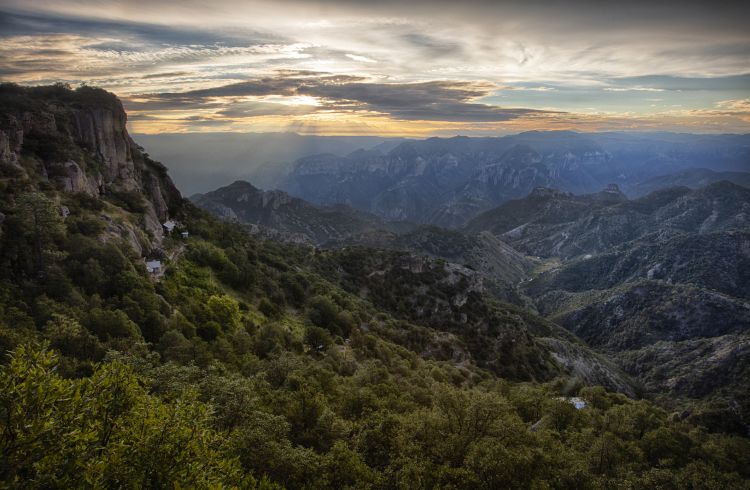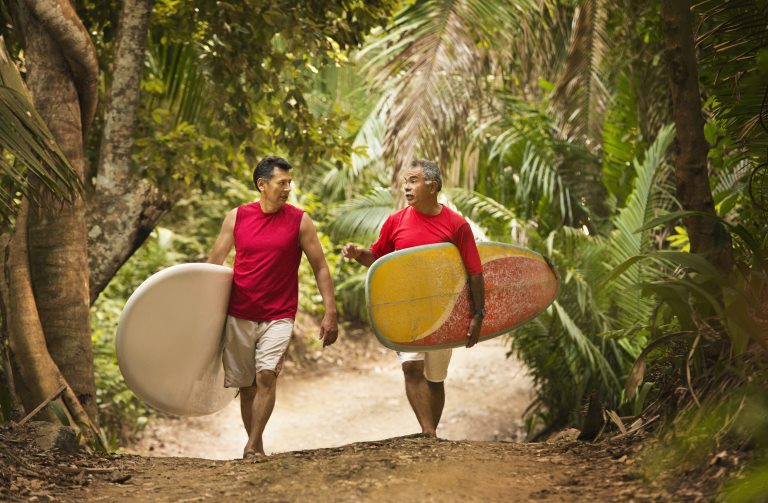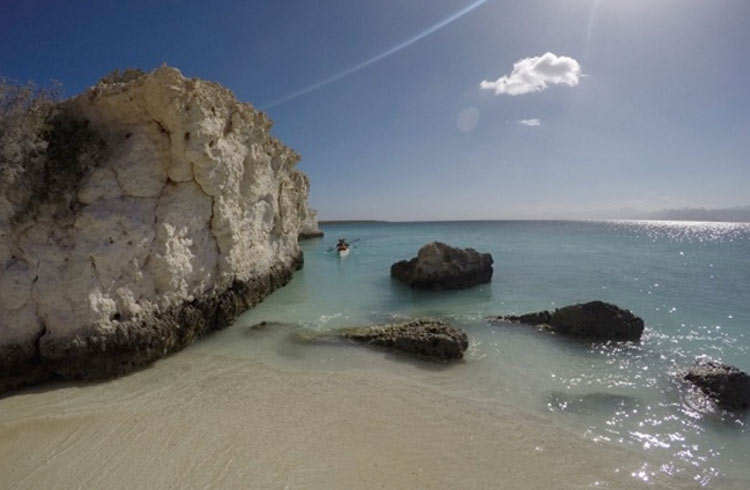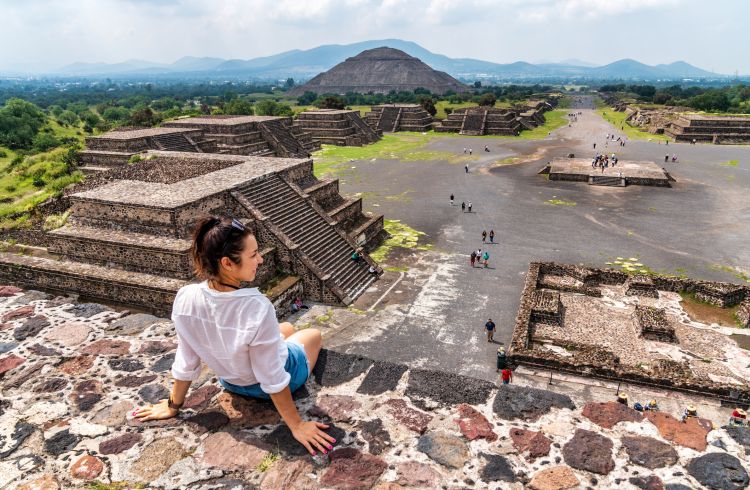Is it Safe to Go to Copper Canyon in Mexico?
Copper Canyon (Barrancas del Cobre) is a haven for hiking, biking and adventure. But it's in the middle of drug cartel territory, so is it safe for travelers?
 Photo © Getty Images/Arturo Peña Romano Med
Photo © Getty Images/Arturo Peña Romano Med
- Is Copper Canyon safe?
- Hiking safety in Copper Canyon
- Is the Copper Canyon Railroad safe?
- Safety for women in Copper Canyon
Is Copper Canyon safe?
Drugs are a way of life in the Copper Canyon region of southwest Chihuahua, the country’s largest state, in northern Mexico. Weed and opium poppies, the raw material for heroin, are the cash crops there, grown in the folds of the mountains, and zealously watched over by cartel muscle.
The drug trade has led to deforestation in the area, the monopolizing of irrigation sources and the cartels diversifying their criminal portfolio to include illegal logging and wildcat mining, neither of which do they consider a spectator activity.
Where the cartels are operating, the indigenous Rarámuri people, for whom the Copper Canyon has been home since records began, have been either displaced, killed or persuaded, for little or no money, to work for the gangs (they are known for their long-distance running ability – “rarámuri” means fleet of foot – and have been used to mule narcotics over the US border).
For all its handicraft stores, bars, restaurants and colonial charm, the small town of Creel shouldn’t be taken at face value by tourists. The main hub for the Rarámuri and a stop on the Copper Canyon Railroad, it sits on one of most lucrative drug corridors on the planet (which leads to Ciudad Juárez, the former “murder capital of the world”) and marks a line between the territories of two major criminal organizations: La Línea, which works with the Juárez Cartel; and the Gente Nueva, which works with the Sinaloa Cartel.
But as with most of the towns in the region, you’ll be fine there so long as you exercise a reasonable degree of caution, especially at night. It’s better to avoid trouble than learn firsthand about how police corruption is something of a specialty of the state of Chihuahua. If driving,
- Keep your vehicle doors locked and windows up
- Avoid driving after dark
- Stick to the main highways
- Steer clear of isolated roads.
The towns along the way are relatively safe. Take caution when out at night and avoid withdrawing cash from an ATM. If you have had a bit of a rowdy night at a bar, don't walk back to your accommodation, grab a taxi instead.
The local authorities advise avoiding wandering outside in any of the towns at night, and definitely avoid getting involved with illegal activities, such as drugs. Some local guides also advise travelers to avoid taking photos of anyone carrying a gun.
Is it safe to hike Copper Canyon?
Yes and no. Tourists are most assuredly not welcome where cartels do business, of course, but there’s a lot of Canyon to go around – 25,000 square miles of it. Wild, rugged, intensely beautiful and bigger and deeper than the Grand Canyon in the United States, it is hiking heaven. To get the most out of this scenic wonder, a trusted guide is recommended, especially one with knowledge of the native flora and fauna (the Copper Canyon is home to 290 recorded bird species, 24 of which are endemic to the area).
Hikers who would rather do without expert assistance should travel in groups, wear plenty of sunscreen (the sun’s rays are stronger at high altitudes), carry as much water as is comfortable and have reliable, up-to-the-minute information as to the safety of their chosen routes, and then stick to those routes.
The best time to visit is November to March. June to July is hotter than the sun, and August to September is monsoon season.
Is the Copper Canyon Railroad safe?
The Copper Canyon Railroad, also known as the Ferrocarril Barrancas del Cobre, the Ferrocarril Chihuahua-Pacifíco and El Chepe, is an engineering marvel and patrolled by armed guards, and yes, it’s safe. If you travel on the Chepe Express (Los Mochis, in Sinaloa, to Creel and vice versa) your journey time will be about nine hours. On the Chepe Regional (Los Mochis to Chihuahua and vice versa), it will be 16. The latter service offers more stops, and you can make three of them at no extra cost (El Fuerte, Bahuichivo and Creel would be my choice).
Safety for women in Copper Canyon
For women traveling alone, stick to the well-traveled locations.
- Travel by train and keep your valuables secure while on the train
- Stay in tourist-orientated hotels along the main train line
- Always use a trusted guide, especially if you want to venture off the beaten track.
Common sense usually prevails, so keep your wits about you and your trip should be trouble-free.
Related articles
Simple and flexible travel insurance
You can buy at home or while traveling, and claim online from anywhere in the world. With 150+ adventure activities covered and 24/7 emergency assistance.
Get a quote


1 Comment
What the hell is a "Mexican bearded dragon"? Do you mean a Mexican beaded lizard? They're extremely rare in any case and your chance of encountering one is almost zero.